
Apr 18 2022.
views 552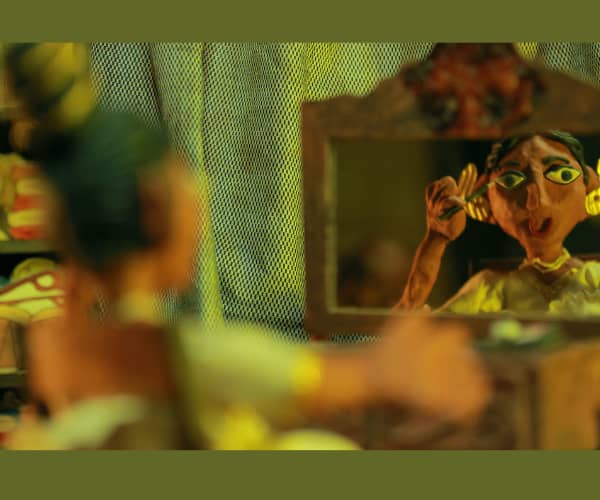
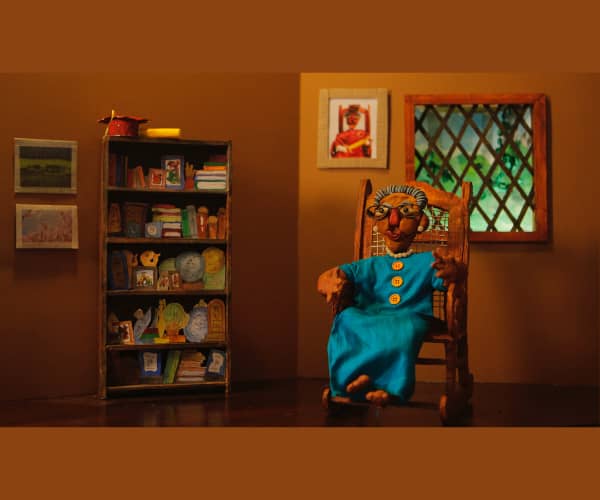
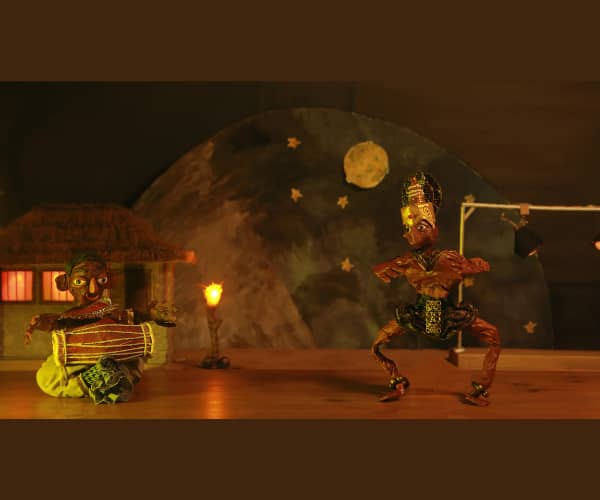
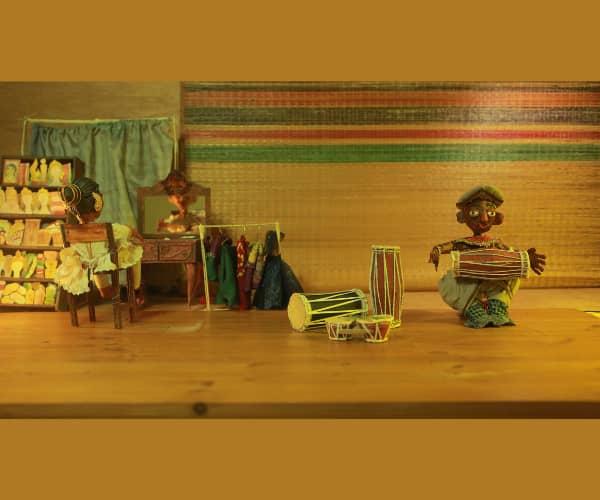
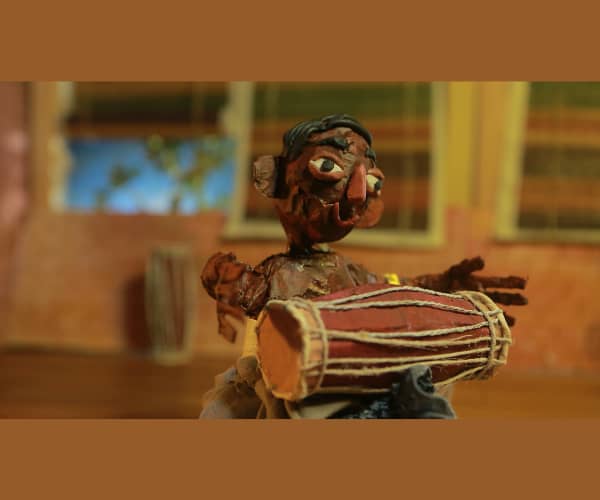
Illustrator and experimental artiste, Irushi Tennekoon of Irusdedoodles celebrates the success of her short film ‘Thaji Dias on Traditional Dance’ after bagging two major film awards in one week - Best International Short Film at London’s Screen Power Film Festival and Best National Short Film Award at the Jaffna International Cinema Festival. ‘Thaji Dias on Traditional Dance’ is one of seven short films from her Animate Her series; a collection of animated short stories highlighting the journey of incredible women who are challenging the norms and biases of their fields. Irushi is a lecturer of English language at the University of Colombo who dabbled in illustration and animation for fun before finding a real passion for the craft. She is a self-taught illustrator and animator and has illustrated several children’s books, exhibited her works in galleries, and screened her animations in festivals and screenings both locally and internationally.
q Congratulations on winning the Best International Short Film at London’s Screen Power Film Festival and Best National Short Film Award at the Jaffna International Film Festival! How did it feel to win two significant awards in the span of one week?
Thank you! It is incredible. We make these films just for the pure joy of being able to animate while trying to bring awareness to highlight these women and the work they do, who are essentially making it in male-dominated fields and challenging what it means to be a woman in those fields. Even though it’s my name on the certificates, winning these awards is actually a win for the team; the community of creatives who have come together to tell these stories. It's an amazing feeling to feel like we are doing something great and being recognised for it and have our voices heard through these awards. It’s great that animation is being given this prominence.
q What makes the short film ‘Thaji Dias on Traditional Dance’ so special?
It’s extremely special because we are talking about a very unique Sri Lankan family preserving a very unique dance form; Kandyan dance and traditional dance. It's also unique because of the medium we’ve chosen to tell these stories, through stop motion and experimental animation. What really sets Thaji’s film apart from the other stories of the series is that this film is actually not about her, it’s about her family and highlighting what they’ve done in the field. The story starts with how her grandfather went to villages to learn this dance form that was very limited to being performed at rituals in these villages and how he brought this ritualistic dance to the performance stage and made it accessible to a huge audience. Then the story highlights how now the women in the family, Thaji’s aunt, and her sisters are continuing to preserve this art form. That’s what makes it so special.
q It’s actually one of seven of your Animate HER series - how did the Animate Her series come about?
The Animate Her series actually started with me being selected for the Creative Heroines workshop by the British Council back in 2019 in Kathmandu, Nepal. It was this week-long workshop discussing who a heroine is and who are South Asian heroines we can look at and at the end of the workshop, we were given the grant to come back home and start a project on these discussions. That’s how the Animate Her series came about. It’s a series of 7 short films of incredible women in various fields.
It was difficult to decide who I wanted to feature, there are so many incredible women in Sri Lanka who have been recognised for the work in their field but ultimately, I looked for women who challenged certain stereotypes through education and who came back to provide access to various fields in their work. What brings them all together is that they have created a community within their field. The Animate Her series features Dr. Asha de Vos – Marine biologist, Anya Rathnayake – Wildlife conservationist, Lakmini Wijesundera- Tech entrepreneur, Amila de Mel – Architect, Sybil Wettasinghe - Children’s book author and illustrator, Ramani Muttettuwegama- Lawyer and Thaji Dias - Professional dancer and teacher, Chitrasena Dance School. I think how I chose to tell these stories is also interesting. When I started the series, I didn’t have much confidence to call myself an animator but I wanted to challenge myself and I think this project really pushed me in ways I didn’t imagine were possible. It showed me the potential to tell impactful stories in new and different ways.
q The Animate Her series, though they are shorts of roughly 3-5 minutes, has a behind-the-scenes story that seems to showcase months of hard work and preparation. What was the process of making this series a reality?
Yes, it involved a lot of behind-the-scenes work. Similar to any other film production, we had pre-production, production, and post-production stages. In the pre-production stage, I worked on shortlisting the women I wanted to feature in the series and spent time researching and drawing up the questions to ask them. We then coordinated to interview them and once we did the interviews, I spent some time watching them over and over again so I can select the scenes I wanted to animate. There are little moments during these interviews I could immediately visualise the scene and then I had to shuffle the content around to bring a seamless short story together. Once we worked on the script and had a storyboard made for how each scene would look visually, then the team got together to figure out how we can bring these characters to life. We spent a significant amount of time getting all the sets, props, and assets together which took longer than I anticipated.
Filming was equally time-consuming because stop motion requires a lot of time and patience as it requires us to take still pictures for each frame. It was actually a big process to get each short film out and I think the main challenge of it all was that I was also learning on the go so everything had to be learned from scratch!
q One of the best things about the Animate Her series was your use of multiple forms and mediums in storytelling; the interplay between clay and 2D paper cutouts and digital animations all blend together to get the story across. Usually, most animators prefer to use one medium or style for uniformity – what prompted you to mix and blend these forms for the series?
Because I’m a self-taught animator and most of my team consists of architects and cinematographers, mostly all of us are new to animating so we just wanted to experiment with these kinds of mediums and animations because we had the opportunity to learn as much as we could with this series. At the same time, I would also say it was also because of pure necessity! We don’t have the industrial goods we need for animation so we had to rely on local bookshops, hardware stores, and craft shops to get the material for us to play around with and see how it works. Ultimately, it was very much the feeling you would get if you were in art class! It has been really fun working with the team trying to figure out how to bring my sketches from the storyboard to life and using mixed mediums helped us learn a lot on the go.
q What surprised you while working on this series?
The actual filmmaking was and still is incredibly surprising. Stop motion essentially uses inanimate objects that you have to manipulate by hand, frame by frame, and the entire film consist of these series of still photographs you’ve shot that turns into motion. What is surprising, even now, is when we finish filming and we play it back, the fact that these inanimate objects are actually moving, saying, or doing something meaningful is absolutely magical!
q It feels like this is just the start for the Animate Her series - what do you hope to achieve with the series?
Right now, we are filming the last three short films for the series. The Animate Her series is almost like a tribute to these amazing women. Through our work, it feels like we are saying ‘thank you for all your hard work and for everything you are doing to change the world for the young children. I would like to combine all 7 films as an anthology and send it out to various film festivals and have it shown in schools, universities, and workshops as a point of discussion. I think it would be very powerful.
q What’s in store for 2022?
I have always wanted to study animation and get a qualification in it, especially if I’m to grow as an educator in the creative arts as an animator. I’ve applied for schools abroad for a master’s programme and I’ve got into two dream schools in the UK so I’m just waiting to hear back on a scholarship. I’m trying to change the pace a little so what I do next will be more informed. We also have a couple of other projects down the line for this year; we are doing an archive of architecture through animation and I’m very excited about that.
The Animate Her series is directed and animated by Irushi Tennekoon with Yoshitha Perera as Director of Photography, Shahdia Jamaldeen, Shenuka Corea, S. Surendran, Gayathri Perera, Shakthi Laknatha, and Venuranga Manage on Prop and Set Fabrication, Dinushika Seneviratne on Costumes, Natasha Senanayake on Music, Parilojithan Ram on Photo Documentation and Dileepa Jayakody and Sankha Malwaththa as Editors. ‘Thaji Dias on Traditional Dance’ also featured Natasha Senanayake and Devashrie de Silva on Vocals, Daham Anuradha on Sri Lankan Drums performance, and Denham Hakel for Sound Recording. The Animate Her series is funded by British Council.
Watch ‘Thaji Dias on Traditional Dance’ and the Animate Her series on - https://irusdedoodles.com/animate-her-series/
0 Comments